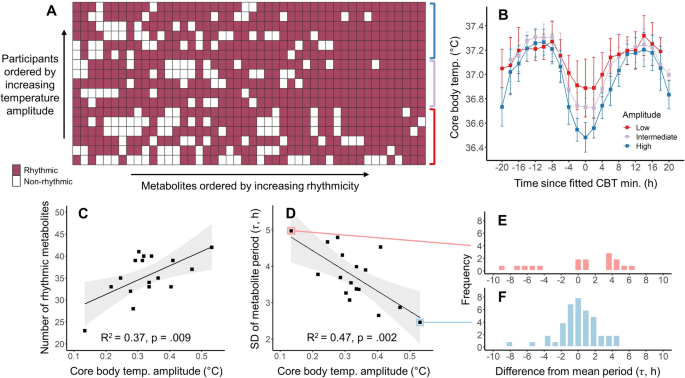Get the latest Science News and Discoveries
Ten “Cheat Codes” for Measuring Oxidative Stress in Humans (2024)
Formidable and often seemingly insurmountable conceptual, technical, and methodological challenges hamper the measurement of oxidative stress in humans. For instance, fraught and flawed methods, such as the thiobarbituric acid reactive substances assay kits for lipid peroxidation, rate-limit progress. To advance translational redox research, we present ten comprehensive “cheat codes” for measuring oxidative stress in humans. The cheat codes include analytical approaches to assess reactive oxygen species, antioxidants, oxidative damage, and redox regulation. They provide essential conceptual, technical, and methodological information inclusive of curated “do” and “don’t” guidelines. Given the biochemical complexity of oxidative stress, we present a research question-grounded decision tree guide for selecting the most appropriate cheat code(s) to implement in a prospective human experiment. Worked examples demonstrate the benefits of the decision tree-based cheat code selection tool. The ten cheat codes define an invaluable resource for measuring oxidative stress in humans.
None
Or read this on r/EverythingScience

